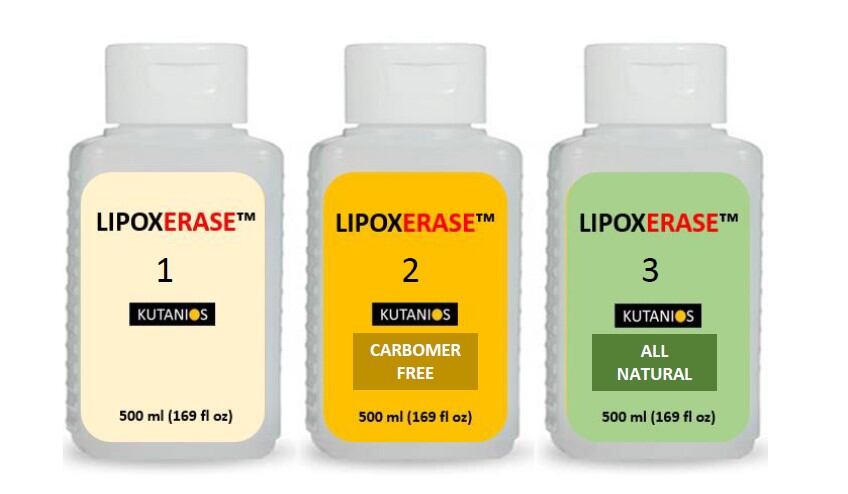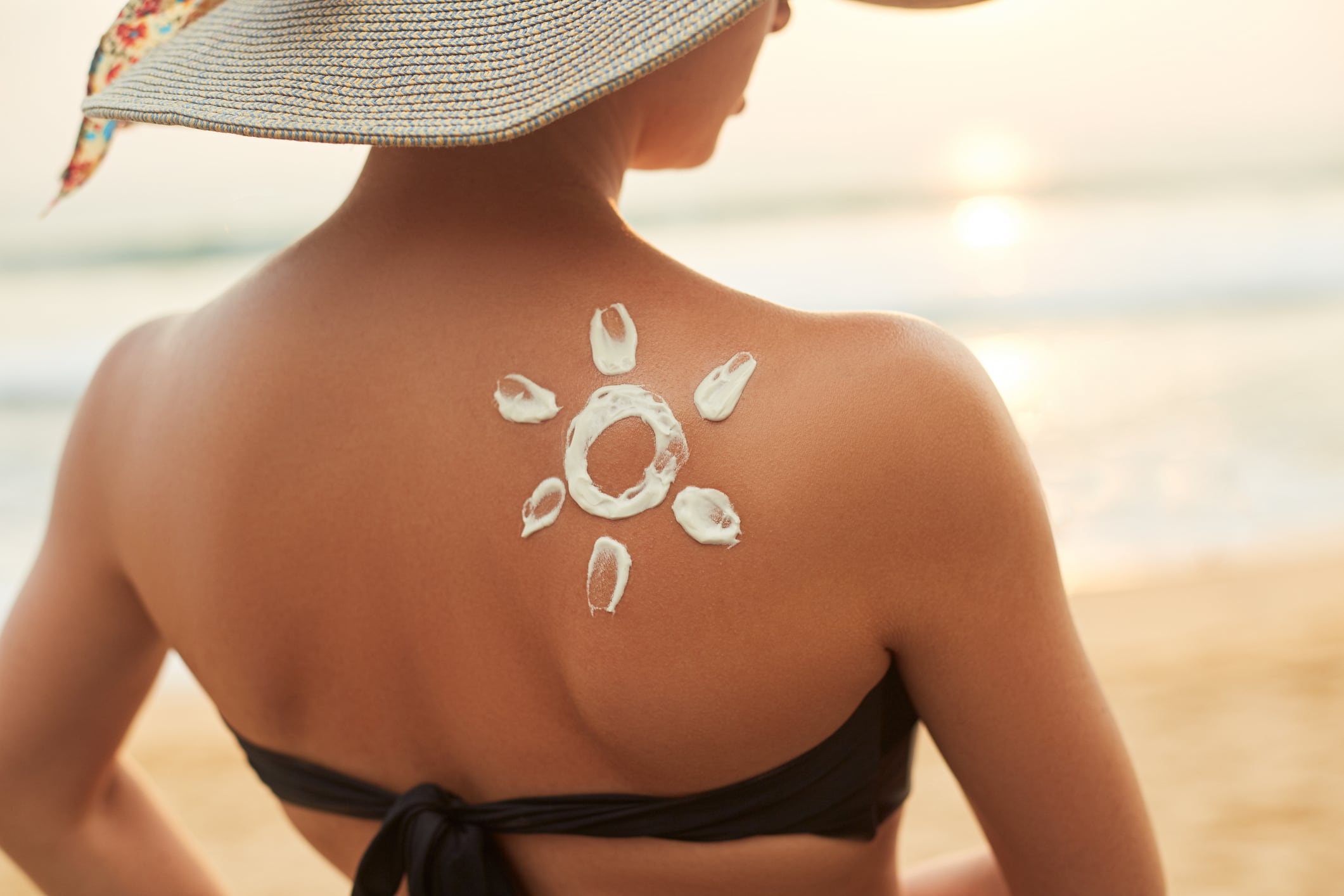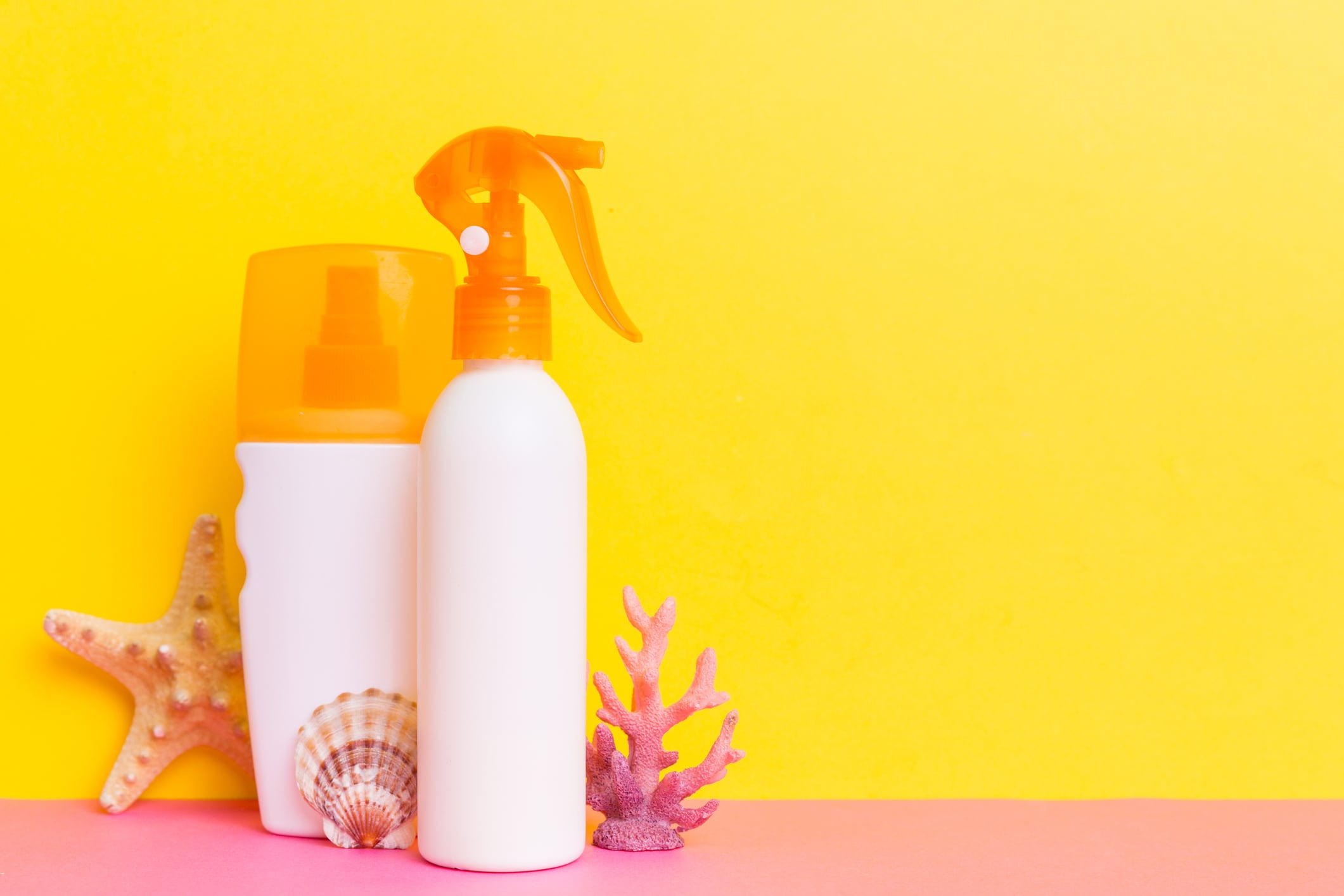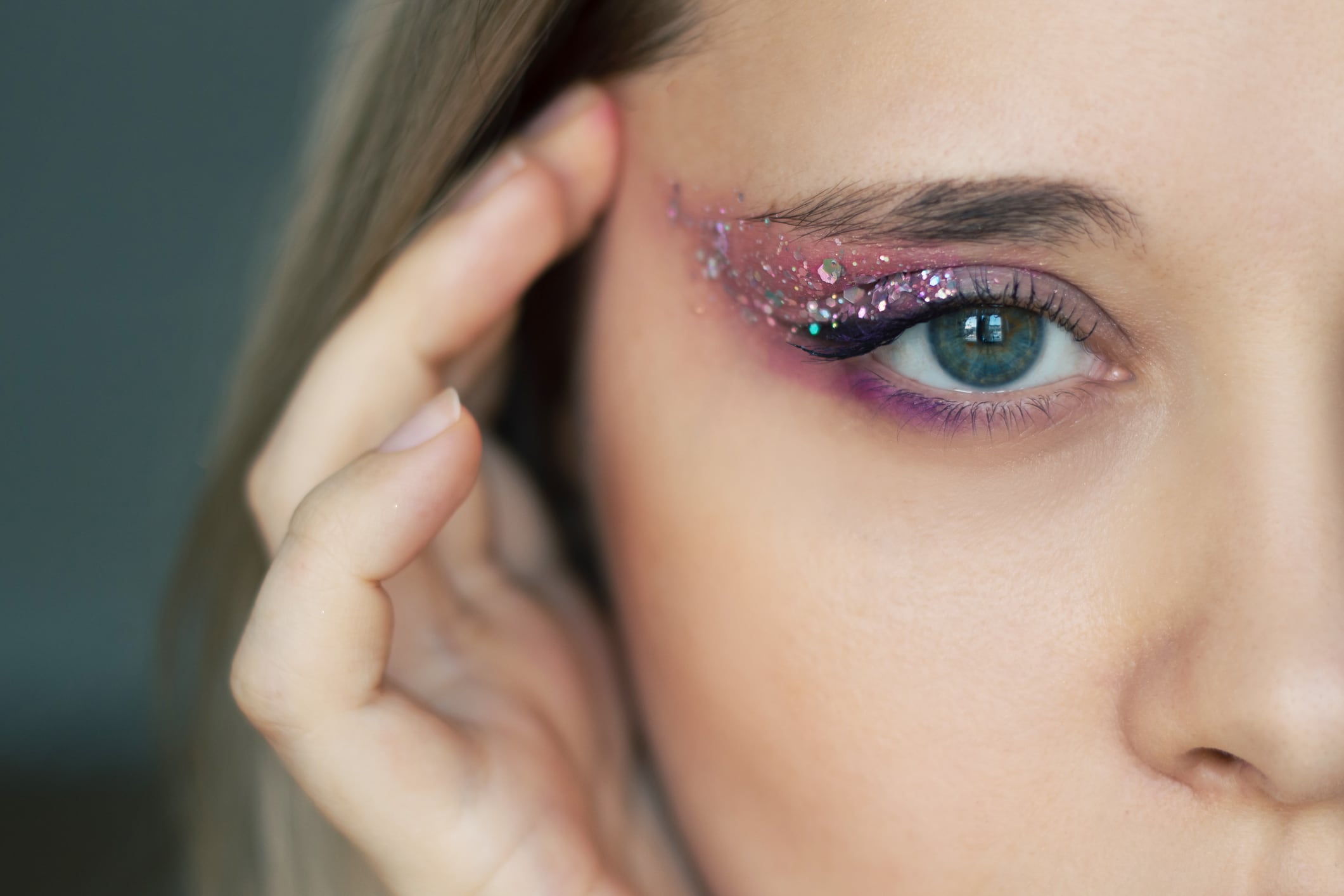The innovation, LipoxErase (palmitoyl tetrapeptide-114), is the result of six intensive years of R&D and has already been patented in Europe, the UK, Switzerland and China.
Within the next year, the molecule is set to launch under the brand name Kutanios, say the company’s cofounders, CEO Dr Irina Miller and Chief Scientific Officer (CSO) Professor Norman Miller, whose previous scientific breakthroughs included being part of the team that discovered HDL (good cholesterol), with a publication in The Lancet in 1975.
The duo explained that the anti-ageing peptide, LipoxErase (palmitoyl tetrapeptide-114), works by blocking the harmful effects of lipid peroxides, which are produced by all wavelengths of sunlight and pollution on skin cells, DNA, collagen and elastin.
They also said its action on ageing prevents the type of DNA damage that causes skin cancer.
As a result, the innovation is currently attracting the interest of top players in the beauty and personal care industries.
We spoke to CSO, Professor Norman Miller, to find out more...
Cosmetics Design Europe (CDE): You have created an anti-ageing peptide that binds lipid peroxides and therefore protects cells, DNA and proteins. Can you explain more about the ingredient?
Professor Norman Miller (NM): We are offering, to men and women of all ages and ethnicities, the world’s first skin care ingredient to block the effects on skin of toxic molecules called lipid peroxides. This is a revolutionary new approach to skin care with application to a wide range of consumer products.
LipoxErase is the trademark and the INCI name is palmitoyl tetrepeptide-114.
It is not a UV screen, antioxidant or retinoid. It is a small peptide that binds lipid peroxides as soon as they are formed in skin, protecting cells, DNA and proteins from all their effects.
It’s biodegradable, inexpensive to produce, environmentally friendly, and can be manufactured by green technology.
CDE: Can you tell us more about what lipid peroxides are please?
NM: Lipid peroxides are forms of fats that are produced in skin by all wavelengths of sunlight (not just UV, but also visible and infrared) and all atmospheric pollutants (eg ozone, nitrogen dioxide), which build up in our skin as we get older.
There is now a large body of scientific evidence that visible and infrared light also damage skin in the same way that UV does.
Lipid peroxides are scientifically proven to be major causes of skin aging, skin cancer, sunburn, hair loss, and acne. They do so by damaging DNA, cell membranes, and proteins in skin, and by increasing the synthesis of enzymes that break down collagen and of molecules that cause inflammation.
CDE: What are the advantages of these over other skin care actives?
NM: Whereas peptides like Matrixyl (matrikines) only combat collagen loss during ageing, UV screens only block UV light, and antibiotics only treat the infectious component of acne, LipoxErase will improve anti-ageing products, by reducing collagen breakdown, elastin clumping, DNA damage, and inflammation, improve sun protection products by boosting protection from UV and adding additional against visible and infrared light, protect against atmospheric pollution, and improve over-the-counter anti-acne products and facial cleansing products.
Additionally, in contrast to UV sunscreens it is biodegradable and eco-friendly.
CDE: How do you think this innovation will disrupt the industry?
NM: Everyone we have spoken to in the industry believes our molecule is potentially highly disruptive, as it represents a holistic approach to preventing skin damage.
As lipid peroxides have so many proven harmful effects, and play such an important role in ageing, sun damage, pollution damage, acne and other conditions, blocking these effects will undoubtedly have many benefits.
CDE: How did you discover this ingredient?
NM: When we founded Kutanios in the UK in 2017, we were medical scientists studying fat biochemistry at Oxford University.
Many years ago, one of us discovered the particles in blood called high-density lipoproteins (HDLs) (commonly known as ‘good cholesterol’), which protect us against heart disease by removing cholesterol from artery walls. This research had shown (a) that HDLs also bind lipid peroxides, and (b) that a lot of lipid peroxides are being continuously produced in skin.
As there was already good evidence in the scientific literature that lipid peroxides are important causes of skin cancer, skin ageing, acne, and other skin conditions, we founded Kutanios with the mission to develop peptides that bind lipid peroxides in the same way that HDLs do and are small enough to enter the skin when applied in a cream or lotion.
We started the company with our own money and an investment from a single business angel. Then three years ago we were accepted into the SOSV Indie Bio accelerator in New York. We had some peptides synthesised that we thought would work, and employed a CRO specialising in skin care to do proof of concept studies, clinical tests, and safety tests. The results were all positive, and we applied for patents, which so far have been granted in Europe, Switzerland, UK and China.
We also developed three B2B liquid formulations, one of which contains only natural non-actives, and started talking to potential B2B customers, distributors, and partners in the skincare and cosmetic industries. We are planning to go to market B2B within the next 12 months.

CDE: What kinds of challenges have you faced so far on your journey to bring this innovation to market?
NM: By far the biggest challenge has been getting sufficient financial investment to make progress at the speed we would like. In spite of huge interest within the beauty industry, VCs have been extremely cautious.
We knew from the outset that biotech startups in general have a high attrition rate, and that the going would be tough even under the best circumstances. To succeed as a startup founder, especially in the present economic climate, you have to believe implicitly in your product and in yourself and not be deterred by the many hurdles and setbacks. We have kept going because we know we have a unique product that is beneficial for skin, the environment, and the climate, and has a very large potential market.





